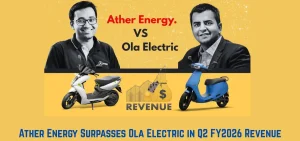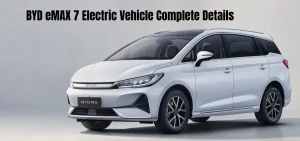While Skoda EV plans take a temporary backseat, the automaker is revving up excitement in India with a lineup of its globally acclaimed ICE models. From the new-gen Superb to the sporty Octavia RS, Skoda is set to redefine premium performance for Indian roads. But why is the brand holding back its EV dreams? Let’s dive into Skoda’s smart strategy behind this surprising move.
In 2025-2026, Skoda plans to introduce the new-generation Superb and the Octavia RS, both arriving as completely built units (CBUs). These launches are expected to reaffirm Skoda’s reputation for performance-oriented and premium vehicles while appealing to enthusiasts who value European craftsmanship.
However, when it comes to electric mobility, Skoda is treading cautiously. According to Ashish Gupta, Brand Director of Skoda Auto India, there are “no immediate plans” to introduce EVs in the country. The delay stems from uncertainties in India’s EV policies, pending free trade agreements (FTAs), and an underdeveloped charging ecosystem.
Despite this pause, Skoda reiterates that its long-term vision for India remains firmly electric. The company anticipates entering the EV space around 2027–2028, once a stronger local supplier base and charging infrastructure are in place. Importing global EVs like the Enyaq has been ruled out for now due to high costs, making localisation a cornerstone of future strategies.
Meanwhile, Skoda continues to keep its ICE portfolio vibrant. The recent launch of the Kylaq, a sub-4m compact SUV, and planned updates for the Kushaq and Slavia models underscore the brand’s focus on staying competitive and relevant in India’s dynamic automotive landscape.

Skoda’s roadmap is clear — strengthen its core lineup today, and electrify India’s roads tomorrow, once the ecosystem is ready.
Related Articles:-





